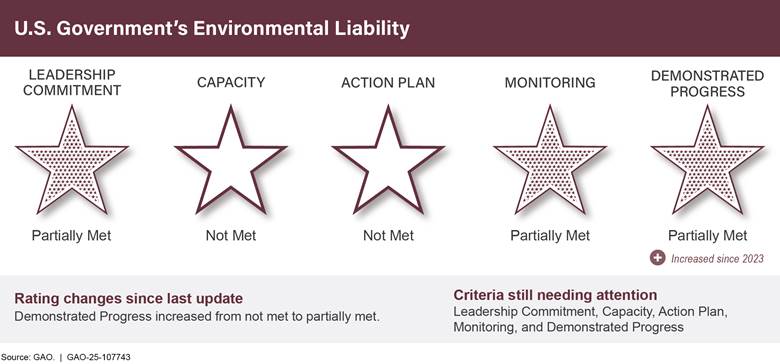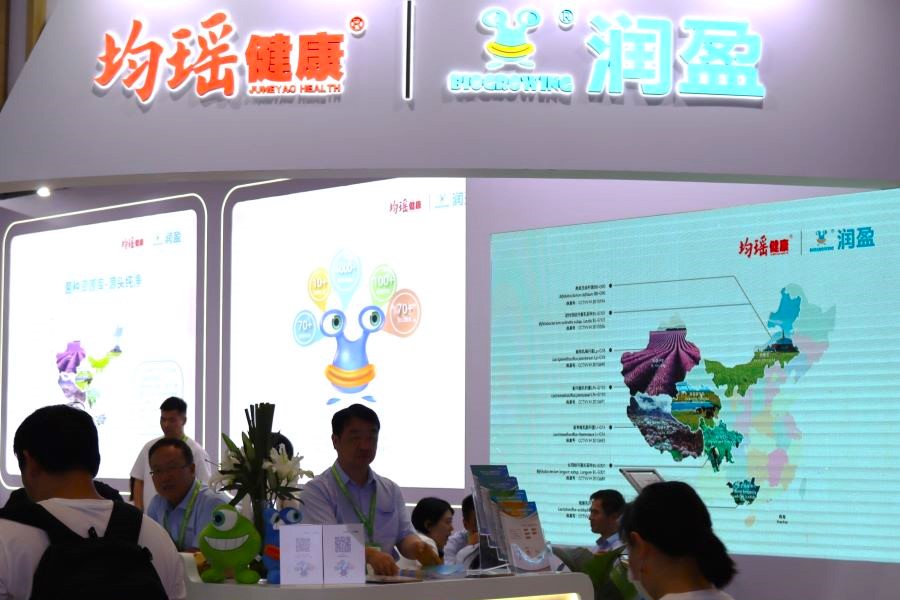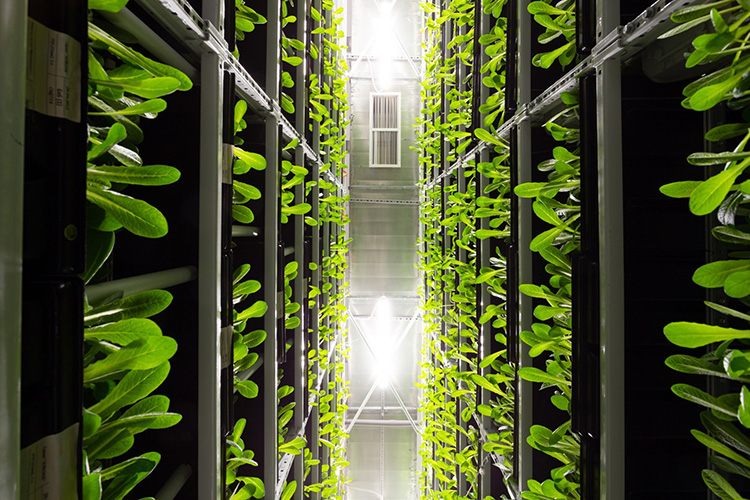Acquisition of Agronova Biotech by Ambienta: A Strategic Investment in Sustainable Agriculture
Executive Summary
European asset manager Ambienta, specializing in sustainability, has announced its acquisition of Agronova Biotech, a global leader in biological crop solutions. This transaction marks Ambienta’s inaugural investment in the sustainable agriculture sector and underscores a strategic commitment to addressing critical environmental challenges through market-based solutions. The acquisition positions Agronova to capitalize on the growing demand for sustainable agricultural practices, directly contributing to the achievement of several United Nations Sustainable Development Goals (SDGs).
Investment Details and Strategic Rationale
Parties Involved
- Acquirer: Ambienta, a sustainability-focused European asset manager.
- Acquired Entity: Agronova Biotech, a Spain-based leader in biological crop solutions.
- Sellers: Magnum Industrial Partners (Iberian private equity firm) and the founding Casanova family.
Strategic Objectives
The acquisition represents a significant milestone for Ambienta, fulfilling two primary objectives:
- Entering the sustainable agriculture sector, a market identified for its strong, sustainability-driven growth potential.
- Expanding the firm’s geographical presence with the acquisition of a high-profile asset in Spain.
Contribution to Sustainable Development Goals (SDGs)
Addressing Global Agricultural Challenges
The investment directly targets the sustainability deficits within the conventional agriculture sector. Agronova’s product portfolio offers solutions to mitigate pressing environmental issues, including:
- High greenhouse gas (GHG) emissions associated with traditional farming.
- Soil erosion and degradation from synthetic chemical use.
- Biodiversity loss linked to chemical pesticides and fertilizers.
Alignment with Key SDGs
Agronova’s operations and products are fundamentally aligned with advancing the following SDGs:
- SDG 2: Zero Hunger
- Agronova’s biostimulants improve nutrient uptake, maximizing crop yields from organic sources.
- Its biocontrol products enhance crop resilience against abiotic stresses like droughts and flooding, securing food production in a changing climate.
- SDG 12: Responsible Consumption and Production
- The company promotes sustainable production patterns by providing viable microbial alternatives to synthetic chemical fertilizers and pesticides.
- This shift helps reduce chemical pollution and encourages more sustainable farming practices among agricultural producers.
- SDG 13: Climate Action
- By offering alternatives to energy-intensive synthetic fertilizers, Agronova contributes to reducing the carbon footprint of the agricultural sector.
- The products also support climate adaptation by helping crops withstand extreme weather events linked to climate change.
- SDG 15: Life on Land
- The replacement of harmful chemical inputs with biological solutions directly combats soil degradation and erosion.
- This transition helps protect and restore terrestrial ecosystems and halts biodiversity loss by creating healthier environments for insects and soil microorganisms.
Market Outlook and Corporate Strategy
Market Drivers for Biosolutions
The acquisition is timed to leverage significant tailwinds in the $21 billion biosolutions market. Growth is propelled by:
- Increasing pressure on crop yields due to climate change and environmental degradation.
- Strong regulatory and consumer pressure to move away from chemical-based agriculture toward biological alternatives.
Future Development and Growth
Ambienta intends to leverage its expertise and network to foster Agronova’s continued development. The growth strategy includes both organic expansion and strategic mergers and acquisitions (M&A). Agronova’s existing infrastructure, which includes five laboratories and six production facilities across Europe and the Americas, provides a robust platform for this expansion. The partnership is founded on a shared commitment to supporting farmers in their transition toward more sustainable agricultural models.
1. Which SDGs are addressed or connected to the issues highlighted in the article?
The article highlights issues and solutions that are directly connected to several Sustainable Development Goals. The analysis identifies the following SDGs as relevant:
- SDG 2: Zero Hunger: The article focuses on sustainable agriculture, maximizing crop yields, and helping farmers deal with environmental stresses like droughts, which are all central to ensuring food security.
- SDG 12: Responsible Consumption and Production: The core theme of shifting from chemical-based agriculture to biological solutions aligns with the goal of sustainable management of natural resources and environmentally sound management of chemicals.
- SDG 13: Climate Action: The article explicitly mentions that the agriculture sector accounts for a “significant proportion of global GHG emissions” and that Agronova’s products help farmers deal with climate-related issues like “droughts and flooding.”
- SDG 15: Life on Land: The article points out that the use of chemical fertilizers and pesticides contributes to “soil erosion and biodiversity loss,” problems that SDG 15 aims to combat. The move to biological alternatives directly supports the protection of terrestrial ecosystems.
2. What specific targets under those SDGs can be identified based on the article’s content?
Based on the article’s discussion of sustainable agriculture, chemical replacement, and environmental challenges, the following specific targets can be identified:
SDG 2: Zero Hunger
- Target 2.4: “By 2030, ensure sustainable food production systems and implement resilient agricultural practices that increase productivity and production, that help maintain ecosystems, that strengthen capacity for adaptation to climate change, extreme weather, drought, flooding and other disasters and that progressively improve land and soil quality.”
Explanation: The article describes Agronova’s mission to support farmers in their “transition toward more sustainable agricultural practices.” Its products help “maximize crop yields,” deal with “droughts and flooding,” and address “soil erosion,” all of which are key components of this target.
SDG 12: Responsible Consumption and Production
- Target 12.4: “By 2020, achieve the environmentally sound management of chemicals and all wastes throughout their life cycle… and significantly reduce their release to air, water and soil in order to minimize their adverse impacts on human health and the environment.”
Explanation: The article’s central point is the “move to biological alternatives from chemical solutions.” Agronova provides “microbial alternatives to replace synthetic chemicals,” directly addressing the need for environmentally sound management of agricultural chemicals.
SDG 13: Climate Action
- Target 13.1: “Strengthen resilience and adaptive capacity to climate-related hazards and natural disasters in all countries.”
Explanation: The article mentions that Agronova’s products help farmers manage “abiotic issues such as droughts and flooding,” which are climate-related hazards that impact agriculture. This demonstrates a direct contribution to building resilience in the agricultural sector.
SDG 15: Life on Land
- Target 15.3: “By 2030, combat desertification, restore degraded land and soil, including land affected by desertification, drought and floods, and strive to achieve a land degradation-neutral world.”
Explanation: The article identifies “soil erosion” as a problem caused by chemical fertilizers. By offering biological alternatives that enable “organic fertilization sources,” the company’s solutions contribute to improving soil quality and restoring degraded land. - Target 15.5: “Take urgent and significant action to reduce the degradation of natural habitats, halt the loss of biodiversity…”
Explanation: The article explicitly states that chemical pesticides contribute to “biodiversity loss.” The adoption of Agronova’s “biocontrol products” as an alternative is an action aimed at mitigating this impact and thus helps in halting biodiversity loss.
3. Are there any indicators mentioned or implied in the article that can be used to measure progress towards the identified targets?
The article implies several ways to measure progress, even if it does not list official SDG indicators. These can be interpreted as follows:
Indicators for SDG 2
- Implied Indicator: Increase in crop yields using sustainable methods.
Explanation: The article mentions that Agronova’s solutions enable “improved nutrient uptake to maximize crop yields with organic fertilization sources.” Measuring the change in yield on farms that adopt these practices would be a direct indicator of progress. - Implied Indicator: Adoption rate of sustainable and resilient agricultural practices.
Explanation: The growth of the biosolutions market, which “already stands at $21 billion,” and the acquisition of Agronova to support the “transition toward more sustainable agricultural practices” imply that the number of farmers or the area of land using these methods is a key metric.
Indicators for SDG 12
- Implied Indicator: Reduction in the use of synthetic chemicals in agriculture.
Explanation: The article highlights the “move to biological alternatives from chemical solutions.” A direct indicator of progress would be the measured decrease in the volume of “chemical fertilizers and pesticides” used, replaced by “microbial alternatives.”
Indicators for SDG 13
- Implied Indicator: Reduction in GHG emissions from the agriculture sector.
Explanation: The article notes that agriculture accounts for a “significant proportion of global GHG emissions.” While not detailed, a shift to organic and biological solutions implies a reduction in emissions from the production and use of synthetic fertilizers, which could be measured.
Indicators for SDG 15
- Implied Indicator: Improvement in soil health and reduction of soil erosion.
Explanation: The article links chemical fertilizers to “soil erosion.” The use of biological alternatives that improve soil structure and health would lead to a measurable reduction in erosion, serving as an indicator for Target 15.3. - Implied Indicator: Reduction in biodiversity loss in agricultural areas.
Explanation: Since chemical pesticides are cited as a cause of “biodiversity loss,” a shift to “biocontrol products” would be expected to reduce this negative impact. Measuring biodiversity indicators (e.g., insect and bird populations) in areas using these alternatives would demonstrate progress.
4. Create a table with three columns titled ‘SDGs, Targets and Indicators” to present the findings from analyzing the article. In this table, list the Sustainable Development Goals (SDGs), their corresponding targets, and the specific indicators identified in the article.
| SDGs | Targets | Indicators (Implied from the Article) |
|---|---|---|
| SDG 2: Zero Hunger | Target 2.4: Ensure sustainable food production systems and implement resilient agricultural practices. |
|
| SDG 12: Responsible Consumption and Production | Target 12.4: Achieve the environmentally sound management of chemicals. |
|
| SDG 13: Climate Action | Target 13.1: Strengthen resilience and adaptive capacity to climate-related hazards. |
|
| SDG 15: Life on Land |
Target 15.3: Combat desertification, restore degraded land and soil.
Target 15.5: Halt the loss of biodiversity. |
|
Source: esgtoday.com







